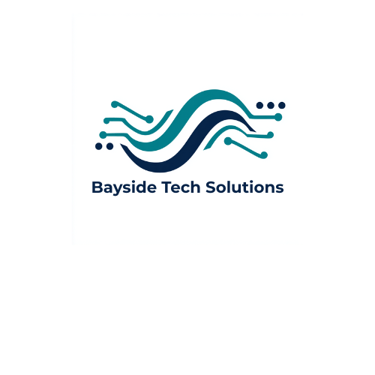When AI Walks Into Your Classroom
From the desk of the CEO
Kent Young
7/18/20253 min read


When AI Walks Into Your Classroom: Practical Thoughts from the Tech Desk
You’ve seen the headlines: ChatGPT is everywhere. But for small, resource‑lean schools, the real question isn’t if AI can teach class—but how we actually put it to work. Picture yourself with 20 students, five iPads, and a printer that only works on Wednesdays. How do we use AI wisely in that environment?
As someone juggling IT, device management, and doctoral studies in instructional design, I’ve learned that theory rarely meets practice—especially in tight budgets. So this year, as educators “express mixed feelings about the technology’s future” EdTech Magazine+6EdTech Update+6Facebook+6, I’m asking a different question: Can AI help us teach better—or just make tech headaches bigger?
The Promise of AI — and Why It’s Messier Than the Hype
There’s no denying AI’s upsides: smarter lesson planning, personalized drills, even instant feedback. EdTech Magazine notes there’s “optimism about AI’s productivity gains amid worry about inappropriate student use” EdTech Magazine+1LinkedIn+1. Surveys show 97% of district leaders see potential—but only 35% have any initiative in placeLinkedIn. For small micro‑schools, that gap between seeing and doing is a chasm.
Reality check: Most AI tools assume:
1:1 devices
Tech‑savvy teachers
Easy integration w/ platforms
But when your Wi‑Fi drops or student accounts expire mid‑lesson? That’s where optimism meets reality.
What We’re Trying at Bayside Tech
Here’s what we’ve been experimenting with—and what’s working so far:
iPads managed via Jamf. Locked‑down environments reduce login issues and streamline updates. AI tools that plug into Canvas or Schoology? Much easier to manage.
Privacy‑first rollout. With evolving regulations (especially in Florida’s scholarship space), we vet every tool: What data is collected? Who sees it?
AI for workflow first. Teachers are using generative AI to draft lesson plans and quizzes—not to grade them outright. That's a win for efficiency without sacrificing oversight.
Built‑in PD. We’re dedicating part of PD time to AI practice—not just demos. Teachers learn to use, adapt, and question the output before bringing it to students.
The EdTech Magazine Reality Check
That September report highlighted something vital: while many educators dabbled with AI (“used it once or twice”), only about 24% felt they had a strong grasp The Times+14EdTech Magazine+14arXiv+14. That gap in confidence isn’t unique to micro‑schools—it’s systemic.
So what does that look like for us?
Teachers run a weekly “AI Try‑Out” session during PD.
We launched an “AI Lab” on Fridays: bring a tool, prototype a lesson, report back next week.
I share a quick security/data check before any tool is deployed in class.
These aren’t big moves, but they're consistent. And they’re building trust faster than any canned training could.
Questions to Ask Before You Hit “Enable AI”
Before integrating another AI tool, consider:
QuestionWhy It Matters Pedagogy fit? If it doesn’t align with your goals, the tool starts dictating instruction—not supporting it. Parent messaging?Be proactive: Why this tool? How does it help their child? Data privacy? Who controls the data? Where is it stored? Human oversight? If AI makes the decision, who verifies? How do you ensure fairness?
The Bigger Support Structure (and Why It Matters)
AI can help—but only when tech support and leadership are ready. A recent initiative from the American Federation of Teachers, with $23 million from Microsoft, OpenAI, and Anthropic, is specifically focused on equipping educators to “effectively use AI for lesson planning, quizzes, [and] communicating with parents” arXiv+14TIME+14LinkedIn+14. That speaks volumes: institutional buy‑in matters—even for small schools.
Conclusion: Start Small, Stay Human
You don’t need to rewrite your entire classroom to adopt AI. You need a plan, a purpose, and a team that’s ready to experiment in public. Here’s what that looks like in practice:
Start with low‑stakes tools for workflow.
Build PD so teachers develop muscle.
Vet every tool for security and pedagogical fit.
Keep humans in the loop—always.
With that framework, AI doesn’t steal time; it redeems it. It opens space for creativity. It gives teachers a moment to remember why they taught in the first place.
